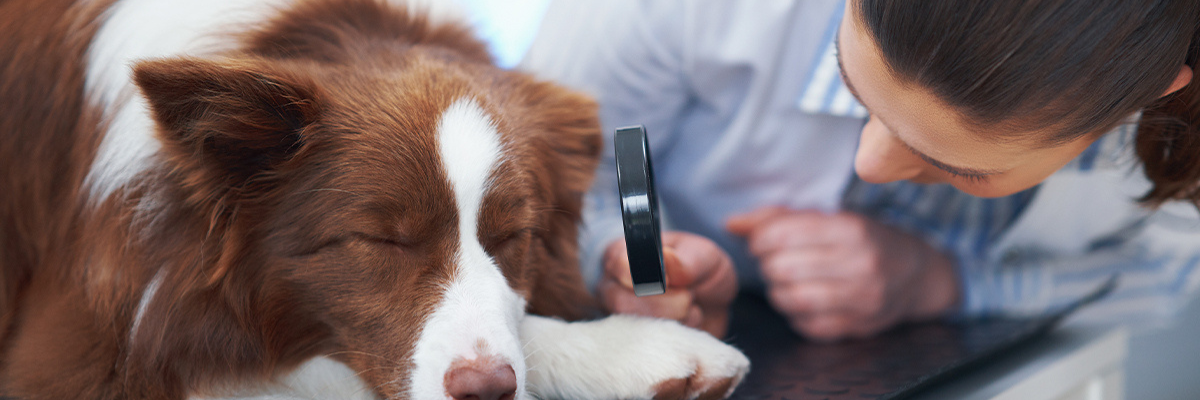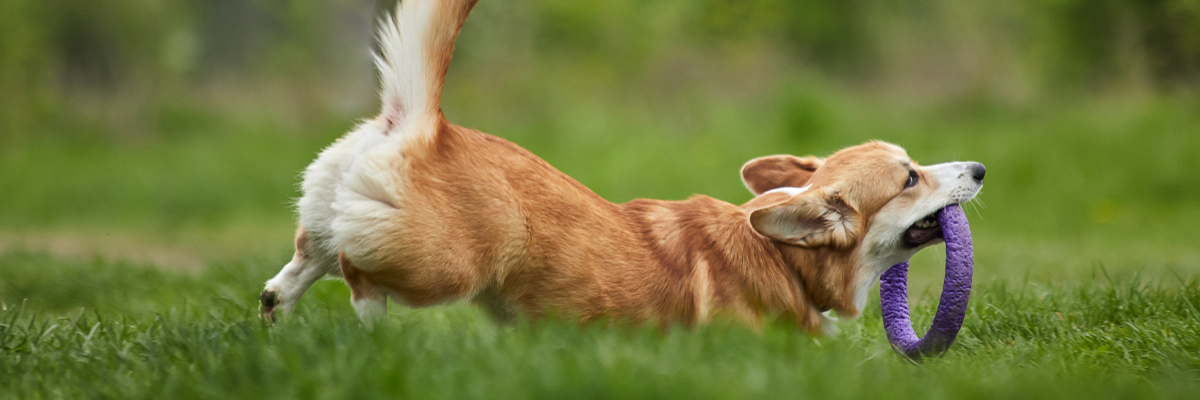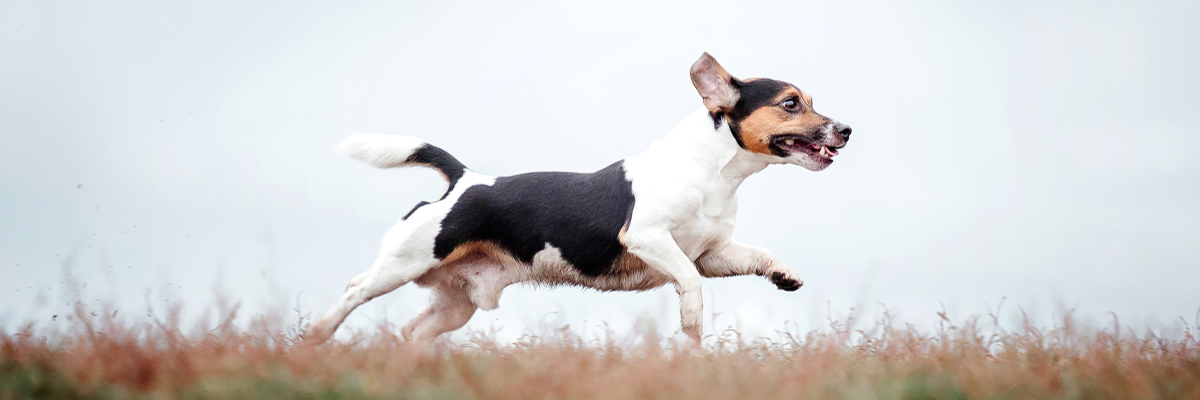Yeast infection and itchy paws
Does your dog have itchy paws that they keep licking constantly? This could be a sign of a yeast infection. Read on to learn how to help your dog and prevent future problems.
Why do dogs get yeast infections in their paws?
Autumn and spring can be particularly challenging for dog owners. Wet paws from muddy walks create the perfect environment for yeast and bacteria to thrive. Dogs that lick their paws excessively can make the problem worse.
Yeast, such as Malassezia, is a natural part of a dog’s skin flora. However, under certain conditions, it can multiply and cause infections. Common causes include:
- Moisture and warmth: These conditions create an ideal environment for yeast.
- Insufficient cleaning: Wet paws after walks can lead to yeast overgrowth.
- Weakened immune system: Conditions like Cushing’s disease or prolonged antibiotic use can increase the risk of infection.
Symptoms of yeast infections in a dog’s paws
It’s important to recognize the symptoms to act quickly. Signs of a yeast infection in the paws include:
- Red and irritated skin between the toes.
- Discolored fur, often brown or rust-colored.
- Constant licking or biting of the paws.
- A bad smell coming from the paws.
- Itching and discomfort that can lead to restlessness.
If the infection worsens, it can result in furunculosis—inflamed hair follicles that cause red and painful bumps between the toes.
Treating yeast infections in your dog’s paws
Treating yeast infections requires a combination of home care and, in some cases, veterinary help. Here are the key steps:
1. Clean and dry the paws
After each walk, wash and dry your dog’s paws thoroughly. Use disinfecting shampoos, preferably with chlorhexidine, to reduce bacteria and yeast.
2. Use medicated products
For severe infections, your vet may prescribe medicated shampoos, creams, or even antibiotics if needed. Over-the-counter options, such as shampoos with antimicrobial properties, can be effective for milder infections.
3. Prevent recurrence with proper home care
To prevent yeast infections from returning:
- Keep your dog’s paws dry and clean.
- Trim excess fur between the toes to reduce moisture buildup.
- Use preventive care products like medical-grade honey or natural antibacterial ointments.
4. The role of diet in treatment
A hypoallergenic diet may help dogs with recurring yeast infections, especially if the problem is linked to the digestive system or food allergies.
Yeast or something else? when to contact a vet
If your dog excessively licks their paws or shows signs of redness, swelling, or a foul smell, it’s time to see a vet. The vet can take cell samples to determine if it’s a yeast infection or a bacterial issue.
Ear problems and yeast infections
Yeast can also affect the ears, especially in dogs with floppy or hairy ears. To prevent ear infections:
- Gently clean the ears when necessary.
- Remove excess hair around and inside the ears.
- Avoid excessive cleaning, as moisture left in the ear canal can worsen the problem.
Products for your dog’s paws and yeast infections
To help your dog with yeast infections in their paws, consider:
- Disinfecting shampoos with chlorhexidine.
- Natural products like medical-grade honey or soothing creams.



